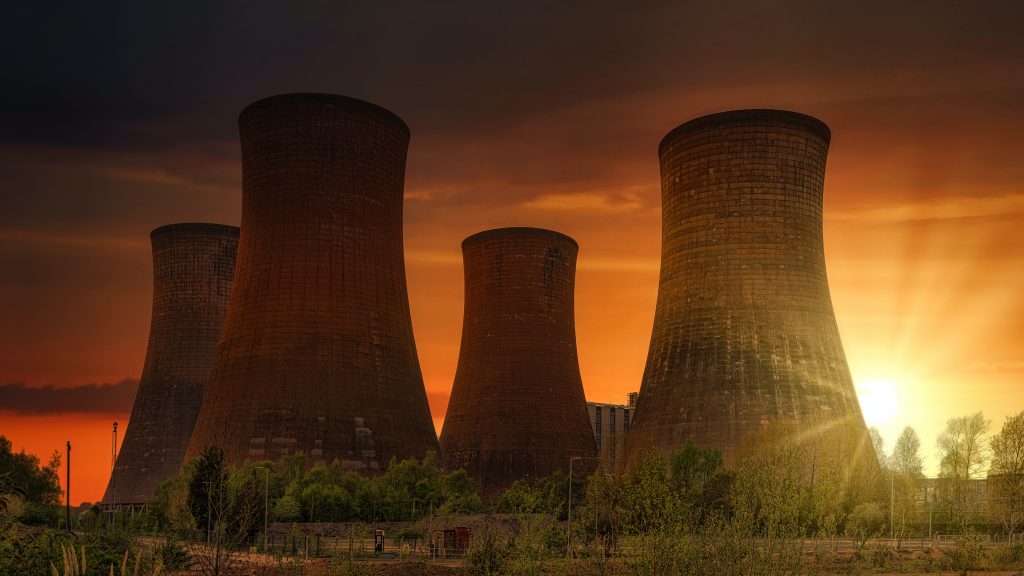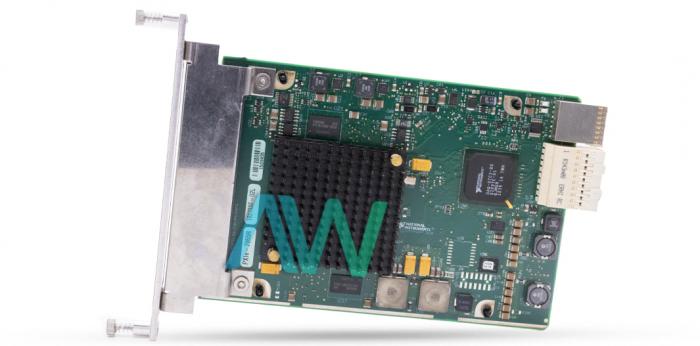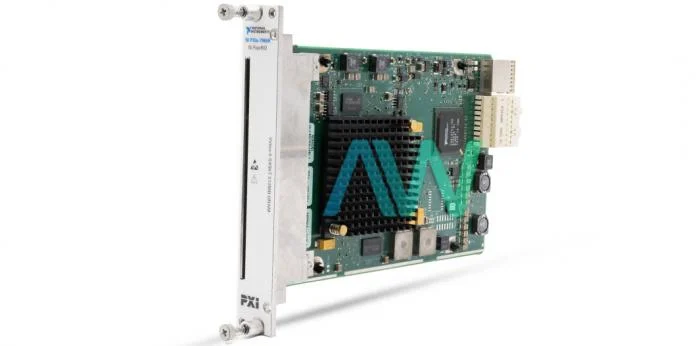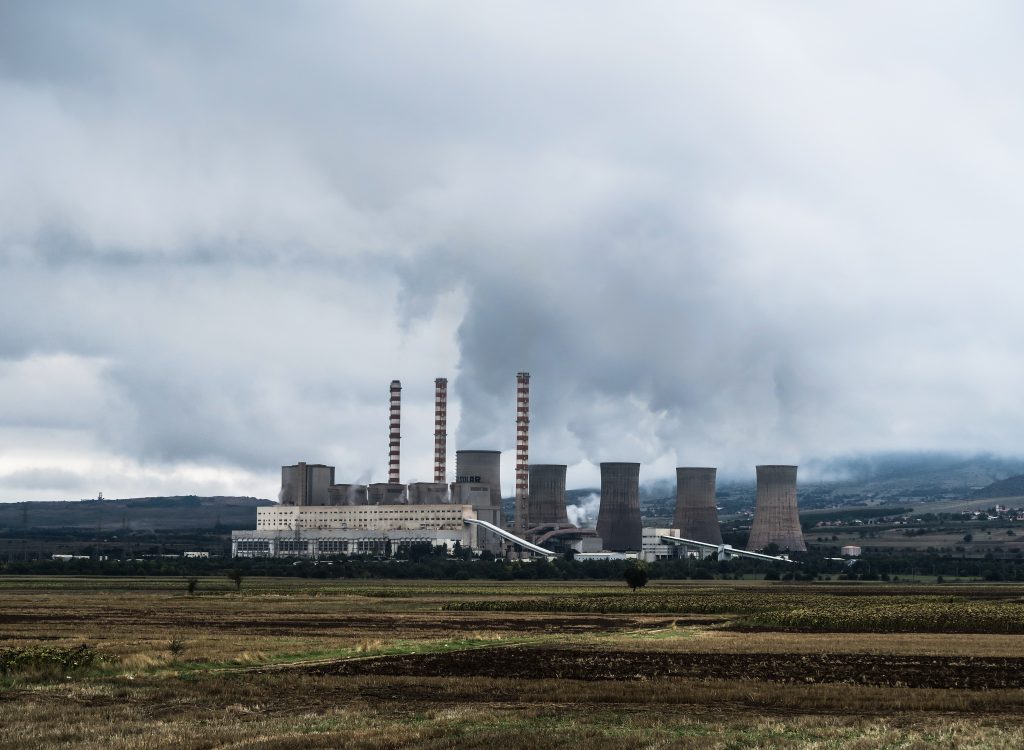Imagine being tasked with ensuring the safety of highly radioactive nuclear waste containers not for decades or centuries, but for a staggering 10,000 years. Together with the Swedish Radiation Safety Authority, Finland-based company ProtoRhino faced this problem head on. Their ultimate goal? To determine if copper containers can withstand the test of time and to secure the safety of hazardous materials for millennia.
The Solution
Using NI FlexRIO hardware and NI LabVIEW system design software to measure the mechanics of copper cracking under stress in the millisecond timescale, to ascertain the suitability of copper containers for the storage of highly hazardous materials over long time spans.
When it comes to handling highly radioactive nuclear waste, the stakes are extraordinarily high. We’re not talking about ensuring the safety of these hazardous materials for a few decades or even a century – the challenge is to guarantee their safety for a mind-boggling 10,000 years. That’s the kind of long-term thinking that’s required when dealing with nuclear waste, and it’s precisely the challenge we’re going to explore in this fascinating case study.

The Unique Challenge of Long-Term Nuclear Waste Storage
The Swedish Radiation Safety Authority raised a critical question: Can copper containers, planned for super long-term storage of nuclear waste in deep geological repositories, maintain their integrity until the radioactivity of the enclosed matter has subsided to safe levels? This challenge was unique because these containers are exposed to varying strain over thousands of years from geological stress and corrosion, ultimately leading to cracks. However, the monumental engineering task was that these cracks could not compromise the container’s integrity until after 10,000 years.
The slow pace of the cracking process itself is intriguing, as these cracks result from countless microscopic cracking events that happen within milliseconds. Understanding the mechanics of these events was crucial.
Partnering with ProtoRhino: A Solution Takes Shape
ProtoRhino, a National Instruments Alliance Partner in Finland, was chosen to tackle this monumental challenge. They were selected because of their experience in providing tailored solutions requiring high data acquisition rates and real-time analysis. Additionally, they had a device template based on NI FlexRIO hardware in their product portfolio, which greatly expedited measurement device prototyping.
The primary goal was to thoroughly inspect copper cracking mechanisms at the millisecond scale to gain a complete understanding of the dynamics involved. This understanding would determine the suitability of copper containers for long-term hazardous waste storage and, by extension, the safety of future generations. The measurement approach involved correlating acoustic emission from stress effects with optical observation of surface cracking.


The technical setup was impressive. The sample was fixed in a stress-strain apparatus, and high-speed camera data was collected at an astonishing rate of 8,904 images per second using the NI-1483 Camera Link Adapter for FPGA. This data was processed in real time with the NI PXIe-7965R NI FlexRIO FPGA Module. Acoustic emission signals were digitized and analyzed with another NI FlexRIO module.
Synchronization was made seamless thanks to the NI PXI Express chassis, which incorporated a timing bus for simple module synchronization. The NI PXIe-8100 RT controller ensured uninterrupted operation of the measurement system, and data analysis was performed on a PC using the NI Vision Development Module.
Flexibility and Scalability for Future Challenges
The flexibility of the NI FlexRIO platform allowed data collection over extended periods. Triggers were activated only when significant changes were detected, ensuring that only essential data was stored. Programming the FPGA was straightforward with the NI LabVIEW FPGA Module, thanks to a high-level programming language and available sample code. The inherent scalability of the NI FlexRIO peer-to-peer streaming feature made accommodating future data mining needs effortless.

The project was a resounding success. ProtoRhino successfully monitored single-event cracks in copper undergoing prolonged deformation well below yield stress. This breakthrough served as the foundation for a comprehensive study, ultimately resulting in the development of proven safe, long-term nuclear waste containers.
While these structures typically have lifespans measured in years, decades, or at most, centuries, the consequences of critical structural failure can be devastating. This case study demonstrates the power of cutting-edge technology and innovative thinking to address some of the most complex challenges facing humanity – ensuring the safety of our world for generations to come.
The case study discussed in this post was originally co-authored by Pasi Karppinen, Jari Tuovinen, and Kimmo Mustonen from ProtoRhino Ltd.; as well as Juha Koivisto, Markus Ovaska, and Mikko Alava from Aalto University in Finland.







